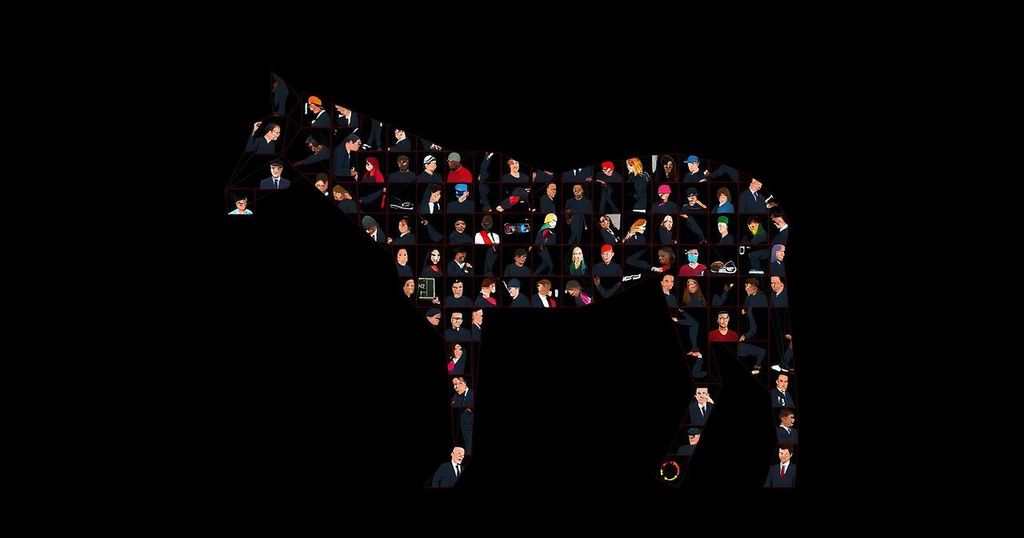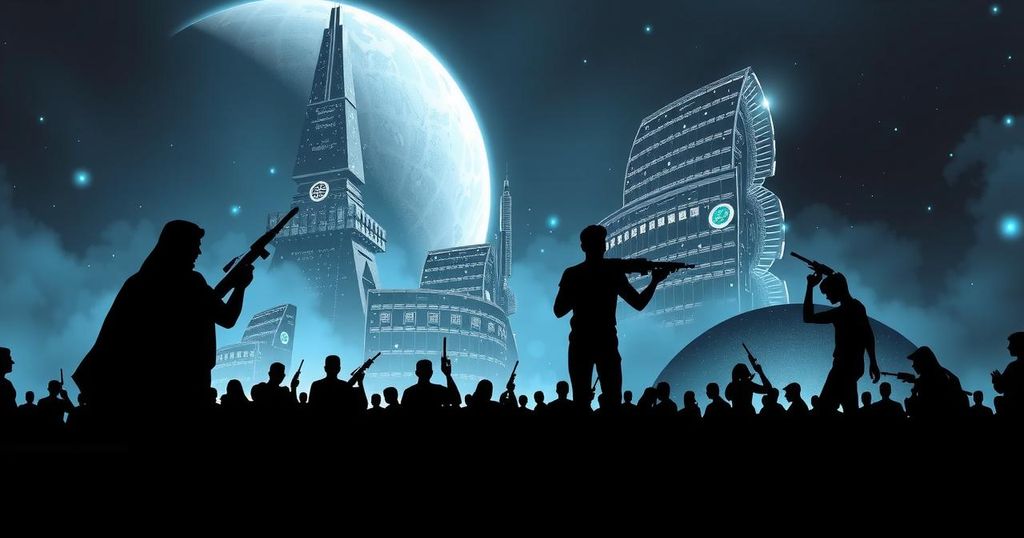On August 14, 2024, xAI, an artificial intelligence firm founded by Elon Musk, introduced Grok 2, an advanced iteration of its AI chatbot that significantly enhances its capabilities. Grok 2 is described as multimodal, effectively integrating text comprehension, real-time Twitter analytics, and image generation. According to xAI, Grok 2 represents a marked improvement over its predecessor, Grok 1.5, with enhanced functionalities in chat, programming, and reasoning. The company asserts that Grok 2 outperforms both Claude 3.5 Sonnet and GPT-4-Turbo, a claim that has been supported by LmSYS, an open-source ranking system for large language models.
LmSYS’s latest ranking positions Grok 2 just behind OpenAI’s GPT-4o and Google’s Gemini 1.5 Pro, following over 12,000 community assessments, where it is noted to excel in various categories, including Coding and Math.
It is important to note that access to Grok 2, including its basic mini version, is restricted to X Premium+ subscribers, costing $16 per month or $168 annually. In partnership with Black Forest Labs, Grok 2 employs an API that enables image generation and refinement according to its functionality. While initial user feedback on the image generation capabilities of Grok 2 was less than favorable, improvements were observed with effective prompting techniques.
Grok 2 competes in a landscape dominated by established image generators such as MidJourney, Flux, Ideogram, and Leonardo. In our comparative assessments, Grok 2 Mini outperformed its rivals in generating realistic images. For instance, it effectively rendered a prompt for a 1990s Polaroid photograph, showing strong attention to detail and adherence to the prompt’s requirements. Conversely, competitors like Flux struggled with finer details, ultimately falling short of Grok 2’s performance in realism.
However, while Grok 2 Mini excelled in realism and text generation, it faced challenges with complex compositions and artistic renderings that require intricate creative input. In comparing its abilities to replicate artistic styles, Leonardo emerged as the superior model, exhibiting greater fidelity to Van Gogh’s stylistic nuances.
Beyond artistic challenges, Grok 2 Mini showcased a notable capability to generate images of political figures and controversial subjects, which highlights its flexibility relative to competitors that impose stricter ethical guidelines, such as MidJourney and ChatGPT.
In conclusion, presenting preliminary evaluations, Grok 2 Mini demonstrates a significant advantage in generating text and realistic imagery based on specific prompts. However, its weaknesses in handling multifaceted compositions and artistic renderings suggest that users seeking high sophistication may benefit from alternatives like Leonardo for artistic endeavors or Ideogram for spatial integrity. Therefore, the choice of the most suitable model remains contingent upon individual user needs, with Grok 2 Mini well-positioned for text-heavy scenarios and more straightforward image generation tasks.

